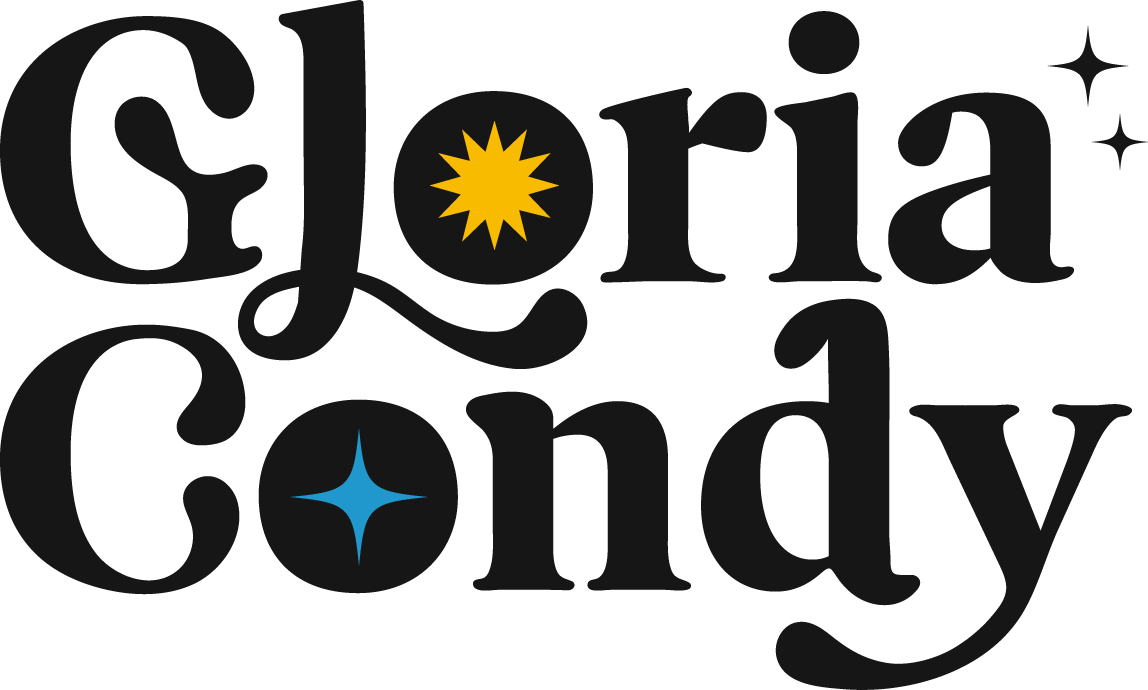How to Conduct Effective Brand Design Research
Introduction and Setting the Stage
Hello everyone! Today we’ll be diving into a crucial phase of brand identity development – conducting research.
Ever wondered what happens when you skip the research phase? Shallow designs, lack of depth, and a brand that may lose its way. Research ensures we’re involving the "why" behind the brand, so the branding stands the test of time.
The Purpose of Research: Building a Transferable System
Research isn't just about creating a logo; it's about crafting holistic systems for brands. These systems become the backbone, ensuring consistency and coherence across all marketing aspects. Think of it as the difference between a one-off design and a well-thought-out, adaptable brand message.
Thinking Big Before Navigating Narrow
In the research phase, we're not narrowing down ideas yet. We're thinking big, allowing room for exploration and designing systems that can evolve unexpectedly.
Phases of the Research Process
Define: Lay the groundwork by understanding the problem. The goal is to grasp how visual communications can offer solutions.
Explore: Think expansively. Dive into background research to gain insights leading to solutions.
Solidify: Lay the foundation for a solution. Use tools like mood boards and presentations to refine findings.
Define - Laying the Foundation
Crafting a Brand Brief
The first step is ensuring you have a brand brief. A brand brief is paramount. It's your compass, guiding your research - this is information based on questionnaire responses and client meetings.
Target Audience Personas
The next step is to create personas to tailor your questions accurately. This is to ensure that you’re able to craft a visual identity that will resonate with your target audience.
Crafting Your Research Methodology
Before conducting any research, make a plan detailing the exact steps. Generate ideas, create a plan of action detailing what, how, and when you'll conduct research activities.
Explore - Conducting the Research
What is Qualitative Research?
Ever wondered about the human side of research? That's where qualitative research comes into play. This approach is rooted in understanding subjective experiences, attitudes, and behaviours. As a designer, your unique touch influences the data you gather during this stage.
Let’s talk about ethnographies - this is when you dive into a community to observe behaviors, interactions, and cultural nuances. You might be surprised to know you’ve probably already conducted an ethnography yourself. Remember those face-to-face interviews during the onboarding phase? That's a mini-ethnography. You gather insights through verbal and visual cues, observing body language and tone of voice.
Now, let's explore a solo-friendly ethnographic technique: a literature review.
A literature review involves exploring published works like articles, papers, books, and studies aligned with a specific research question. It provides an overview of existing knowledge related to your chosen subject, uncovering trends, identifying gaps, and revealing insights that contribute to deepening your comprehension.
Within literature reviews, various types exist, but the general process remains consistent:
Define your focus: Outline your topic and questions.
Select your review type: Traditional (specific questions), Scoping (broad explorations), Narrative (interpreting findings).
Gather resources: Organize your resources efficiently.
Analyze: Dive into your data, identifying patterns, trends, and themes.
Summarize and Report: Compile your findings into a coherent report.
What is Quantitative Research?
Now, let's talk numbers.
Quantitative research is the objective method of choice, involving the collection and analysis of numerical data to discern patterns and come to conclusions through statistical analysis. While striving for objectivity can be challenging, especially solo, this methodology provides concrete insights.
Quantitative research is particularly useful for validating ideas or prioritizing solutions. Imagine designing an app interface and wanting to determine which color scheme resonates better with your audience—quantitative research can offer precise data for your decision.
Here's a quantitative research methodology you can conduct alone: Correlational Research.
This approach allows you to explore relationships (correlations) between two variables. For instance, study whether increased exercise correlates with improved mental health or if a particular logo style or color boosts brand recognition.
The process typically unfolds like this:
Define your focus: Select the two variables and specify the relationship.
Choose a Data Collection Method: Decide on field research (observing people) or archival research (using existing data).
Sampling and Measurement: Determine specifics of data collection.
Data Collection: Execute data collection.
Analyze the Data: Dive into analyzing the collected data, drawing statistical insights.
In summary, qualitative research dives into the depth of human experiences, while quantitative research brings numbers to the table for a more objective understanding. Both play crucial roles in uncovering the layers of your client's brand identity.
Research Takeaways…
Research is dynamic. Approach it with an open mind and a mix of qualitative and quantitative techniques. From defining the problem to exploring research methods, always ensure you’re open to changing your plan upon new discoveries.
As you solidify findings, remember research is a constant companion. Keep refining your skills, learning, and let your passion guide you.
If you're looking to streamline your research process, check out the Brand Research Toolkit on my website. Thank you for joining me on this insightful journey. Embrace the creativity, embrace the challenges, and let your passion for design guide you to success. Until next time, happy designing!
